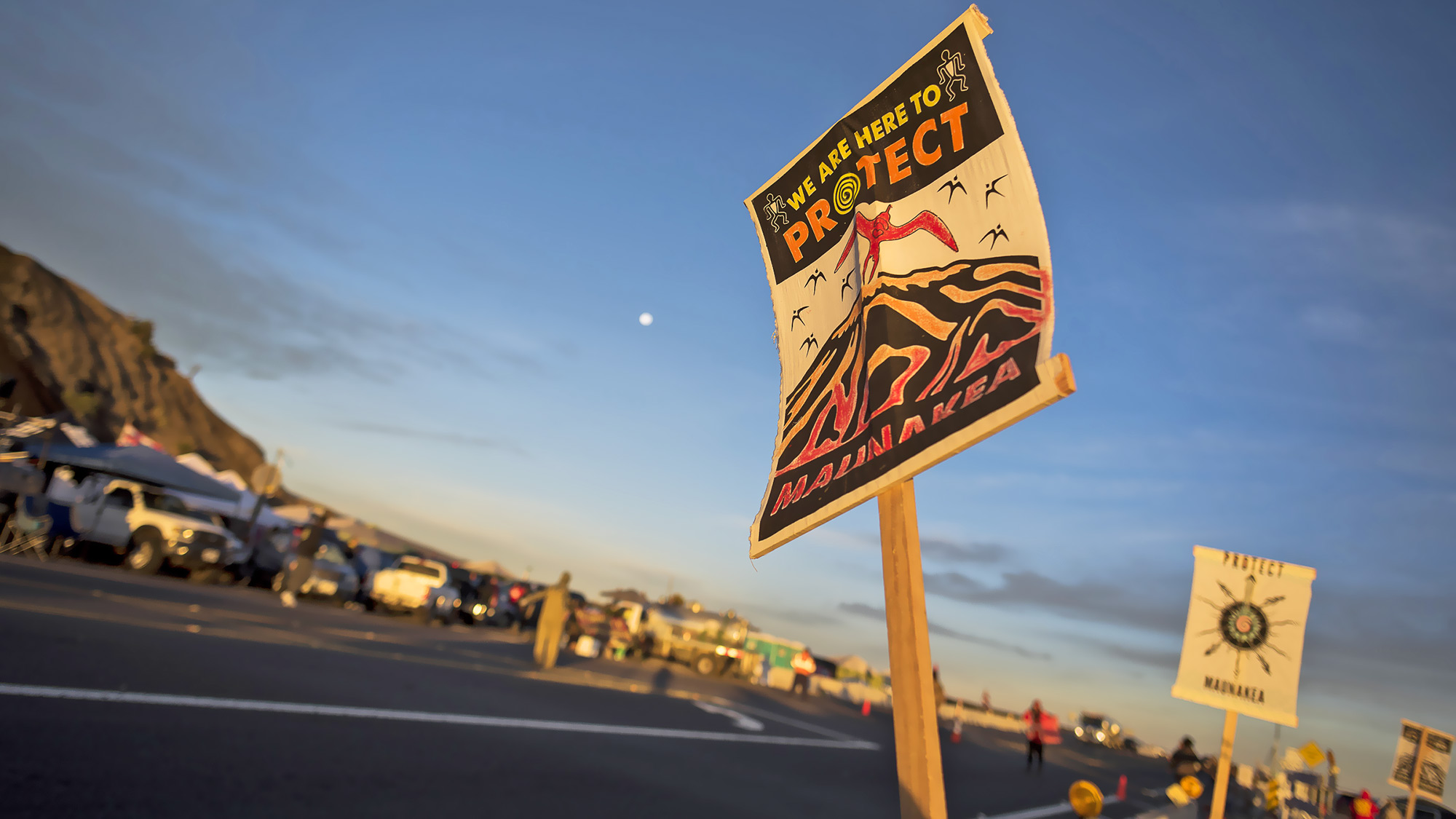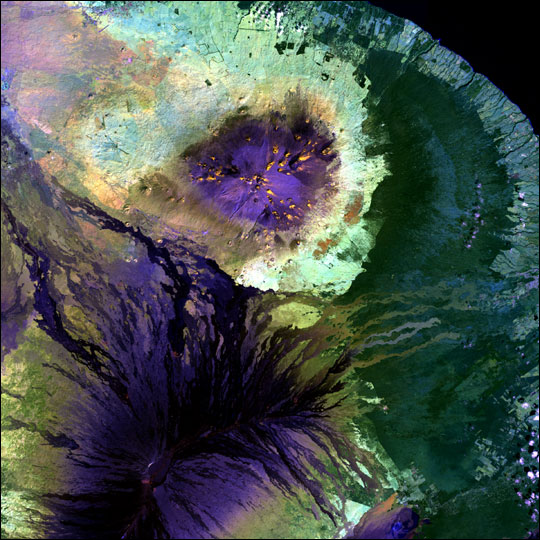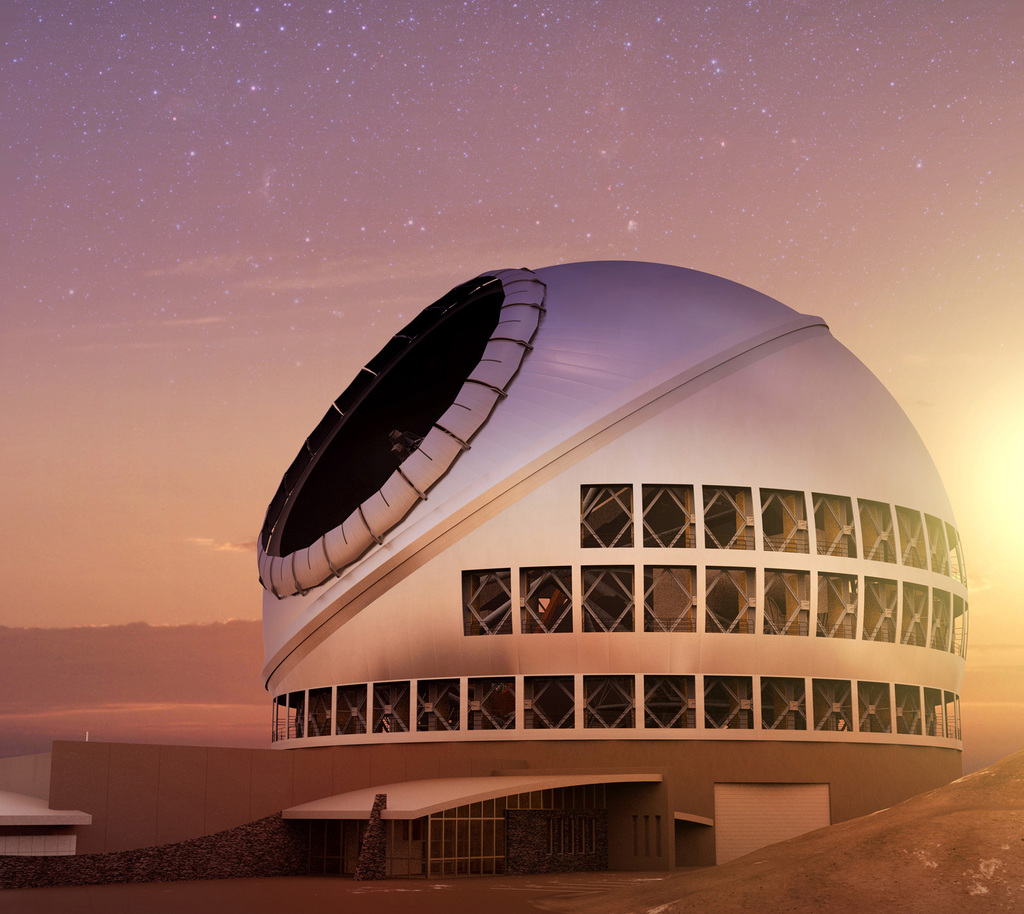Hawaii's Mauna Kea Observatories Will Reopen After Weeks of Telescope Protests
Mauna Kea is one of many mountains that people have regarded as sacred.

Astronomers at the Mauna Kea observatories in Hawaii are returning to work after pausing their operations in response to the gathering of thousands of activists over the past four weeks.
The protesters who gathered at the base of Mauna Kea on Hawaii's Big Island include indigenous Hawaiian elders, or "kupuna." They began to gather on the main road leading up to the observatories on July 15 to protest the start of construction on the site for the Thirty Meter Telescope (TMT). The project would be the latest addition to about a dozen observatories operating atop the mountain that they consider sacred.
If completed, TMT would be the largest telescope on Mauna Kea and would be able to view the night sky with ''unprecedented sensitivity,'' according to TMT officials.
Related: Protests Shut Down 13 Observatories Atop Hawaii's Mauna Kea
Mauna Kea is not the only peak to have cultural importance; many cultures across the world have and continue to revere mountains. The ancient Greeks believed that Mount Olympus was the home of their gods, Six Grandfathers (now known as Mount Rushmore) and the Black Hills in the Great Plains of North America are sacred to the Lakota people, and Mount Sinai in Egypt is sacred to members of the Christian, Muslim and Jewish faiths.
In a statement published Friday (Aug. 9), representatives for the observatories said the telescopes would soon resume scientific operations. This four-week period has been the longest stretch that the observatories have been closed since they opened five decades ago.
Mauna Kea, the tallest mountain in the world from base to peak, offers clear views of the night sky and has been an attractive sight for research by national and international scientists. Like many of the observatories operating on Mauna Kea, TMT would be owned and operated by a consortium of U.S. universities and international organizations. The telescope would be built with support from Canada, China, India and Japan.
Get the Space.com Newsletter
Breaking space news, the latest updates on rocket launches, skywatching events and more!
Related: The Biggest Telescopes on Earth

Astronomers around the world compete for valuable time on the telescopes, and since the observatories closed, the scientists have canceled over 2,000 hours of observational time, the Associated Press (AP) reported, citing the protests as a literal roadblock denying the astronomers regular and guaranteed access to their facilities.
Critics of the telescope believe public framing and consent are important issues worth discussing in the TMT debate. For example, activists had previously agreed to allow astronomers and all existing observatory employees access to the mountain, the Honolulu Star Adviser reported.
Kealoha Pisciotta, a former systems specialist for the British-Dutch-Canadian telescope facility at Mauna Kea and a TMT critic, said it's wrong to blame the demonstrators for the observatories' closing. "They chose to close down for fear of protesters who are unarmed and nonviolent," Pisciotta said in an Aug. 10 report by the AP.

The state's Board of Land and Natural Resources announced in September 2017 that it had approved a construction permit for TMT that had been in limbo for several years, Space.com previously reported. But others, like astronomer Hilding Neilson (who is not affiliated with the Mauna Kea observatories), say it's also important to obtain consent from these groups of indigenous Hawaiians.
''What I know about Maunakea is really only two things. The first is that Maunakea is one of the best sites for astronomy observing in the world, thanks to its height and the mostly stable weather on the mountain. That is why astronomers have proposed that the Thirty-Meter Telescope (TMT) be built there,'' Neilson wrote in an Aug. 9 blog post from the Union of Concerned Scientists.
"With this telescope, we can expect new discoveries about planets orbiting other stars and whether these planets might host life as we understand it," he added. "We might learn about the first stars ever born and peer deeper into the Universe's history than ever before. I am an astronomer and I will benefit from Canada's participation in the TMT. .
''The second thing I know is that Maunakea is Hawaiian territory and we, astronomy, do not have consent for TMT on Maunakea," Neilson continued. "I think this has been clear for more than a decade through court cases and protests."
- Hawaii Volcano's New Outburst Captured in Satellite Views
- Keck Observatory: Twin Telescopes on Mauna Kea
- See Lava Flows from Hawaii's Kilauea Change Paths in New Satellite Photos
Follow Doris Elin Salazar on Twitter @salazar_elin. Follow us on Twitter @Spacedotcom and on Facebook.
Join our Space Forums to keep talking space on the latest missions, night sky and more! And if you have a news tip, correction or comment, let us know at: community@space.com.

Doris is a science journalist and Space.com contributor. She received a B.A. in Sociology and Communications at Fordham University in New York City. Her first work was published in collaboration with London Mining Network, where her love of science writing was born. Her passion for astronomy started as a kid when she helped her sister build a model solar system in the Bronx. She got her first shot at astronomy writing as a Space.com editorial intern and continues to write about all things cosmic for the website. Doris has also written about microscopic plant life for Scientific American’s website and about whale calls for their print magazine. She has also written about ancient humans for Inverse, with stories ranging from how to recreate Pompeii’s cuisine to how to map the Polynesian expansion through genomics. She currently shares her home with two rabbits. Follow her on twitter at @salazar_elin.









